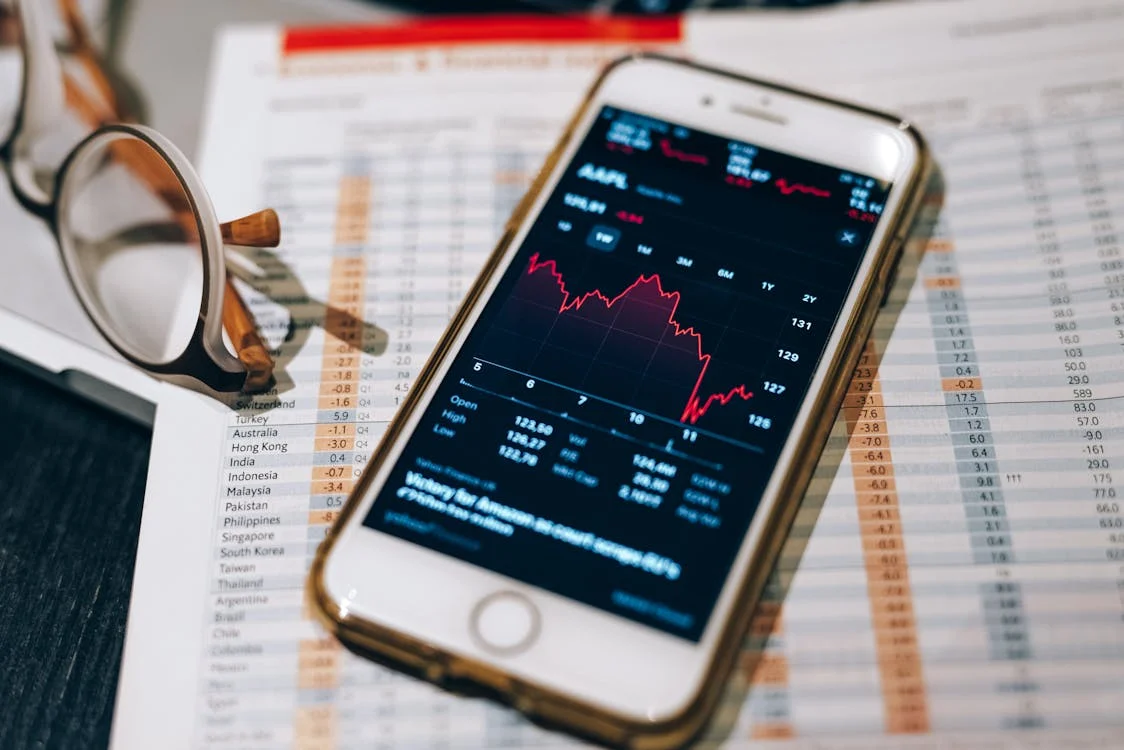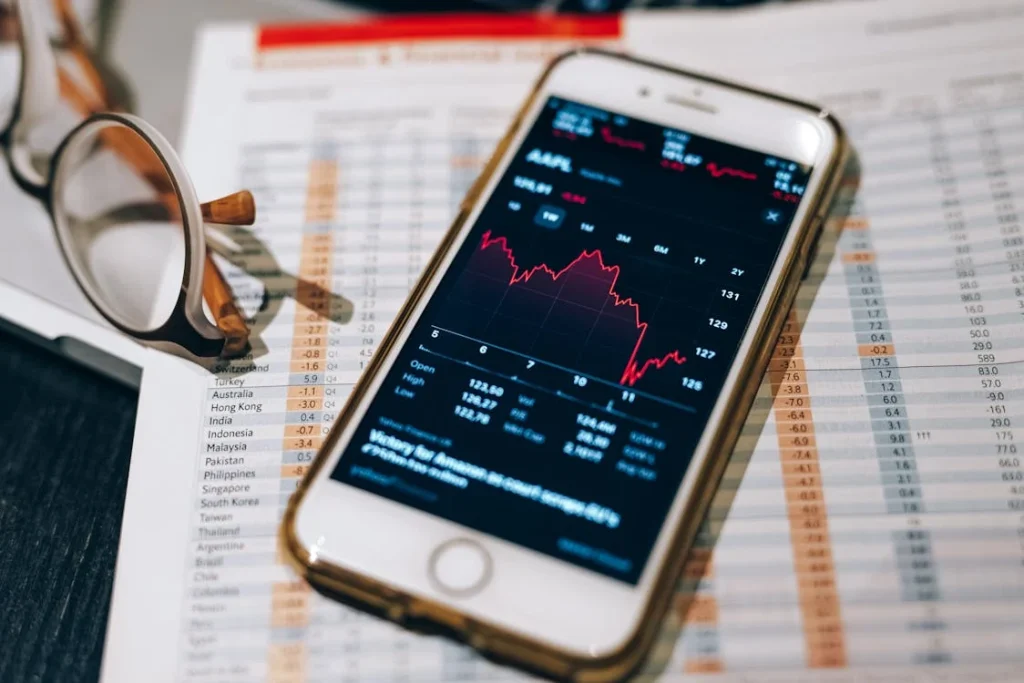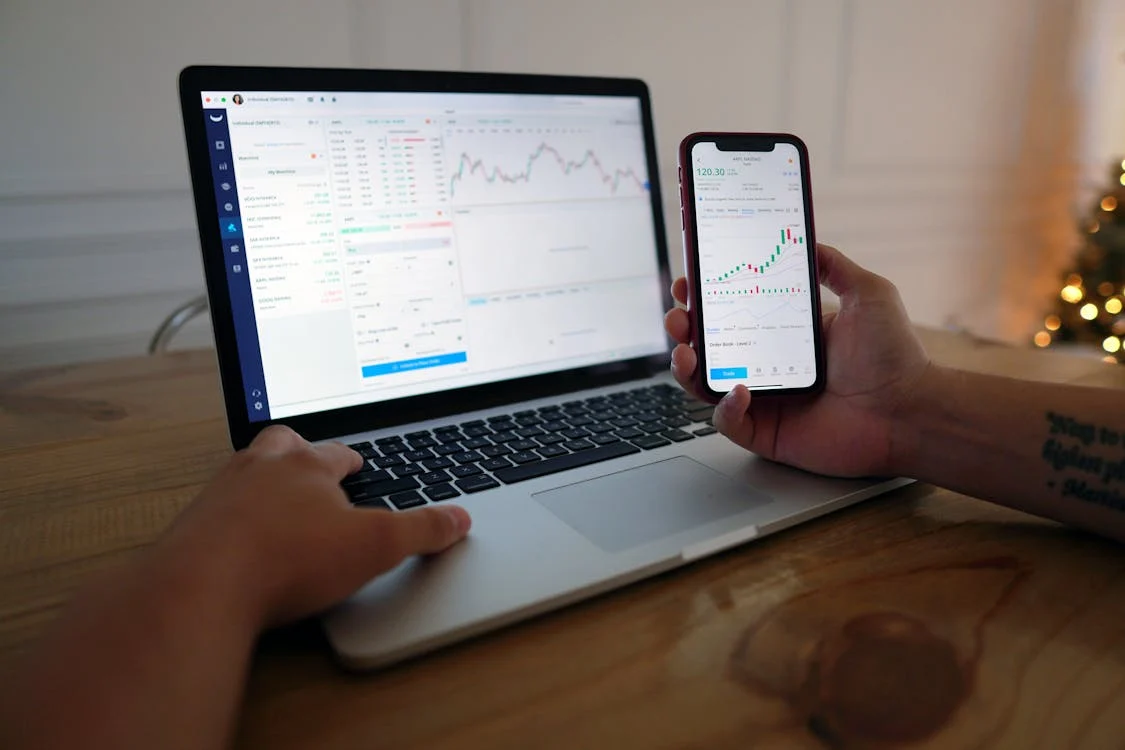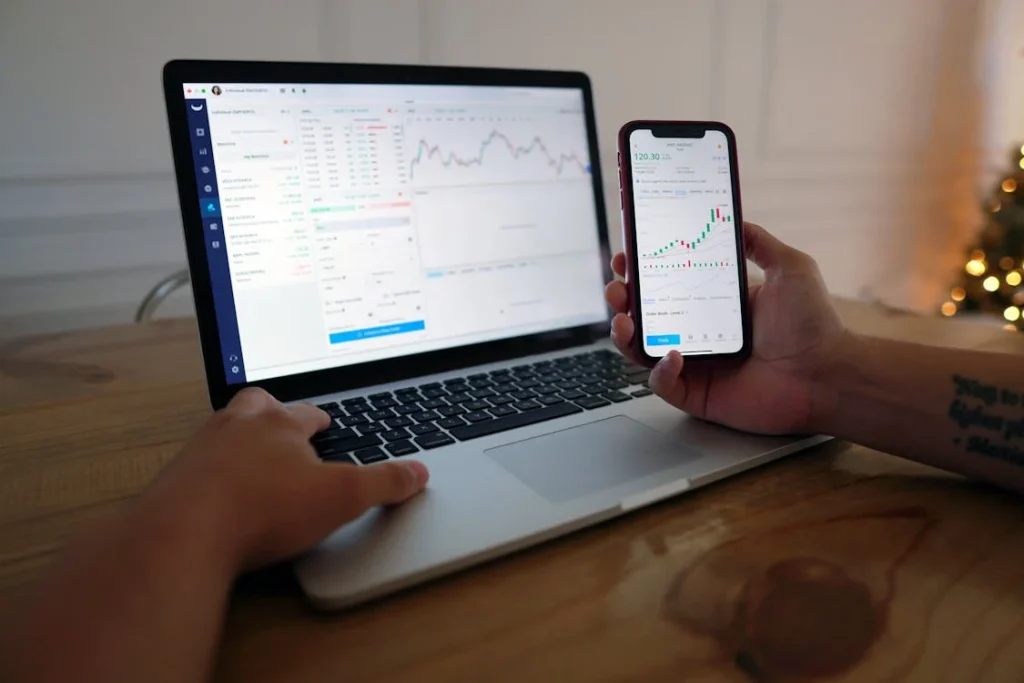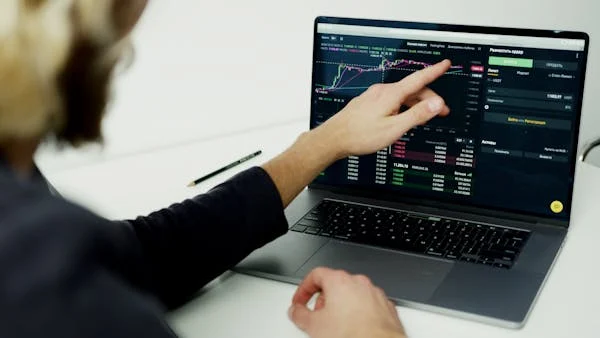The Importance of Technical Analysis in Forex Trading
In the world of Forex trading, technical analysis is one of the most widely used methods for making informed decisions. By analyzing past market data, such as price movements and trading volumes, traders attempt to predict future price movements. In this article, we will explore the role of technical analysis in Forex trading, its key tools, and how traders can use it to improve their trading strategies.

What is Technical Analysis?
Technical analysis is the study of historical price movements and trading volume to forecast future price movements. Unlike fundamental analysis, which focuses on economic factors and news events, technical analysis is based purely on market data. Traders use charts, patterns, and indicators to identify trends and potential entry and exit points in the market.
Key Tools of Technical Analysis
There are several key tools and concepts used in technical analysis to analyze price movements and make trading decisions. Some of the most popular ones include:
1. Price Charts
Price charts are the foundation of technical analysis. They visually display the historical price movement of a currency pair over a specified time period. There are different types of charts, including:
- Line charts: These show the closing price of a currency pair over a period of time, connected by a line.
- Bar charts: These display the open, high, low, and close prices for a currency pair over a set time period.
- Candlestick charts: These are similar to bar charts but use candlestick-shaped bars to represent price movements, providing more visual information.
2. Trend Lines and Channels
Trend lines are used to identify the direction of the market. A trend line is drawn by connecting the highs or lows of the price action. There are three main types of trends:
- Uptrend: When the market is making higher highs and higher lows.
- Downtrend: When the market is making lower highs and lower lows.
- Sideways trend (range-bound): When the market moves within a horizontal range.
Trend channels are formed by drawing parallel lines above and below the trend line. These channels help traders identify potential levels of support and resistance, providing a clearer view of where the price may reverse or break out.
3. Moving Averages
Moving averages are one of the most commonly used indicators in technical analysis. A moving average smooths out price data to create a trend-following indicator. There are two primary types:
- Simple Moving Average (SMA): The average of a currency pair’s closing prices over a specified period.
- Exponential Moving Average (EMA): Similar to the SMA but gives more weight to recent prices, making it more responsive to price changes.
Moving averages are often used to identify the overall trend direction and potential buy or sell signals when the price crosses above or below the moving average.
4. Support and Resistance Levels
Support and resistance levels are horizontal lines drawn on a chart to represent areas where price has historically reversed. Support is the price level at which a currency pair tends to stop falling and starts rising, while resistance is the price level where the pair tends to stop rising and begins to fall.
Traders use support and resistance levels to identify potential entry and exit points, as well as to set stop-loss and take-profit orders. A breakout above resistance or below support can signal a strong trend in the market.
5. Oscillators and Indicators
Oscillators are indicators that fluctuate between a defined range, helping traders identify overbought or oversold conditions in the market. Some common oscillators include:
- Relative Strength Index (RSI): Measures the magnitude of recent price changes to determine whether a currency pair is overbought or oversold.
- Stochastic Oscillator: Compares a currency pair’s closing price to its price range over a specific time period to generate buy or sell signals.
- Moving Average Convergence Divergence (MACD): Shows the relationship between two moving averages and helps identify trend reversals.
These oscillators are used to confirm trends and identify potential turning points in the market.
How to Use Technical Analysis in Forex Trading
Traders use technical analysis to identify potential entry and exit points based on price patterns and indicators. Here’s how you can use technical analysis in your trading strategy:
1. Identify Market Trends
The first step in technical analysis is to identify the current market trend. Is the market in an uptrend, downtrend, or sideways trend? By analyzing price charts and using trend lines, traders can determine the direction of the market, which helps in making trading decisions.
2. Use Support and Resistance Levels
Support and resistance levels are key areas that can provide profitable entry and exit points. When the price approaches a support level, it may be a good time to buy, while resistance levels may signal an opportunity to sell. Breakouts from these levels often indicate the beginning of a new trend.
3. Use Indicators to Confirm Signals
Technical indicators such as moving averages, RSI, and MACD can help confirm potential buy or sell signals. For example, if the price is in an uptrend and the RSI shows that the market is not overbought, it could be a good time to enter a long position. Similarly, if the price is nearing a resistance level and the MACD is showing a bearish divergence, it may be a signal to sell.
4. Risk Management
Risk management is crucial in any trading strategy, including technical analysis. Traders should use stop-loss orders to limit potential losses and ensure they don’t risk more than a predetermined percentage of their capital on each trade. It’s also important to maintain a favorable risk-to-reward ratio to maximize profits and minimize losses over time.
Conclusion
Technical analysis is an essential tool for Forex traders who want to make informed and strategic trading decisions. By analyzing price charts, using key indicators, and understanding market trends, traders can improve their chances of success in the highly competitive Forex market. While technical analysis doesn’t guarantee profits, it provides traders with a structured approach to making trading decisions based on objective data.



